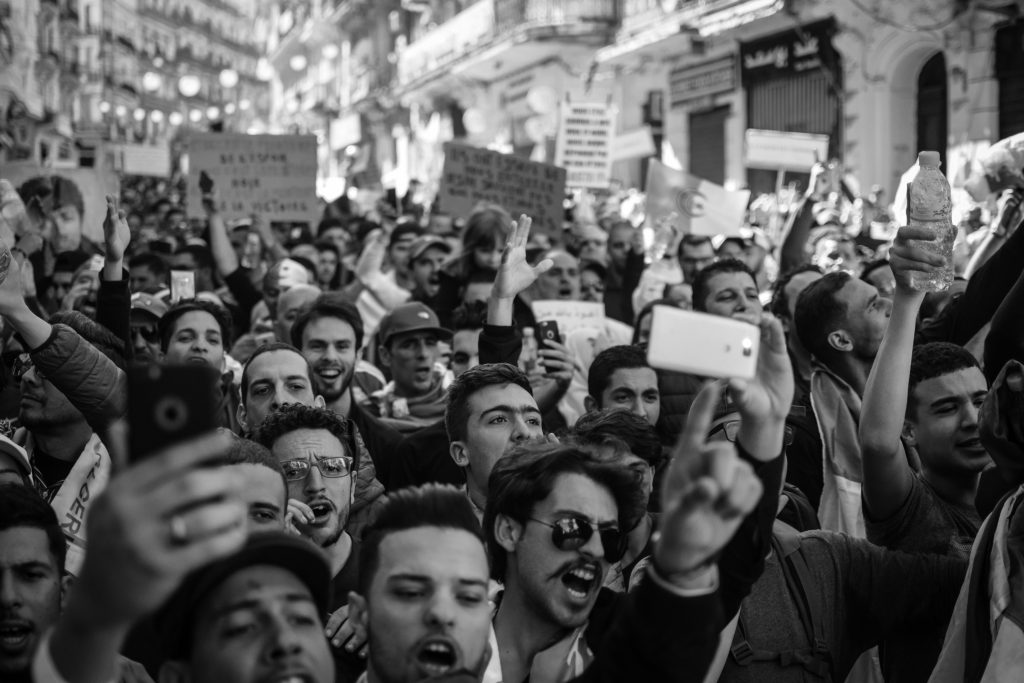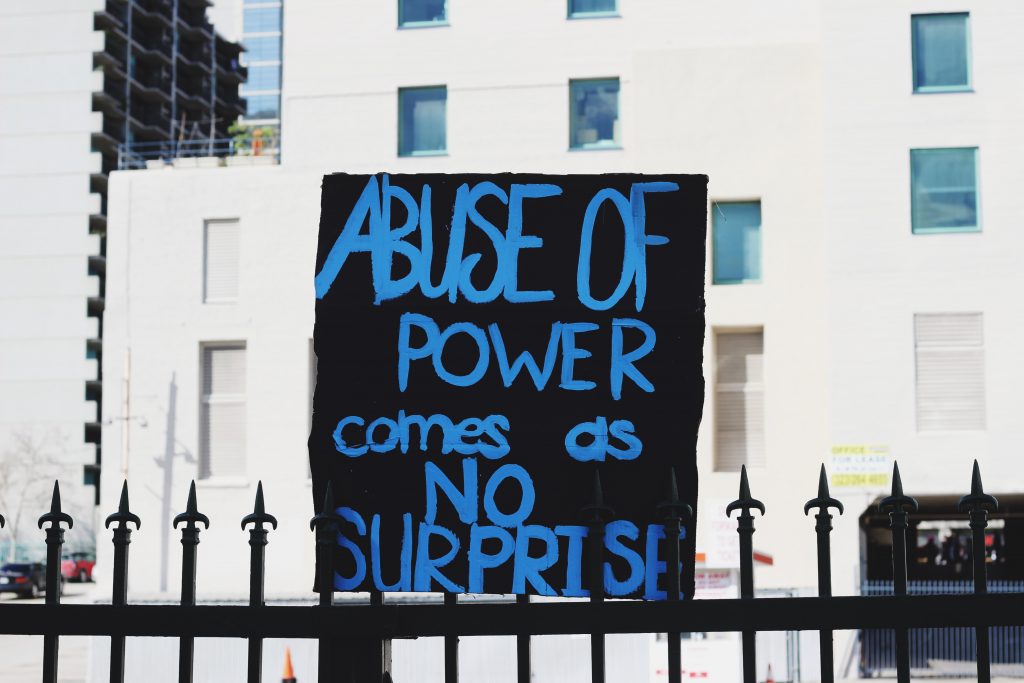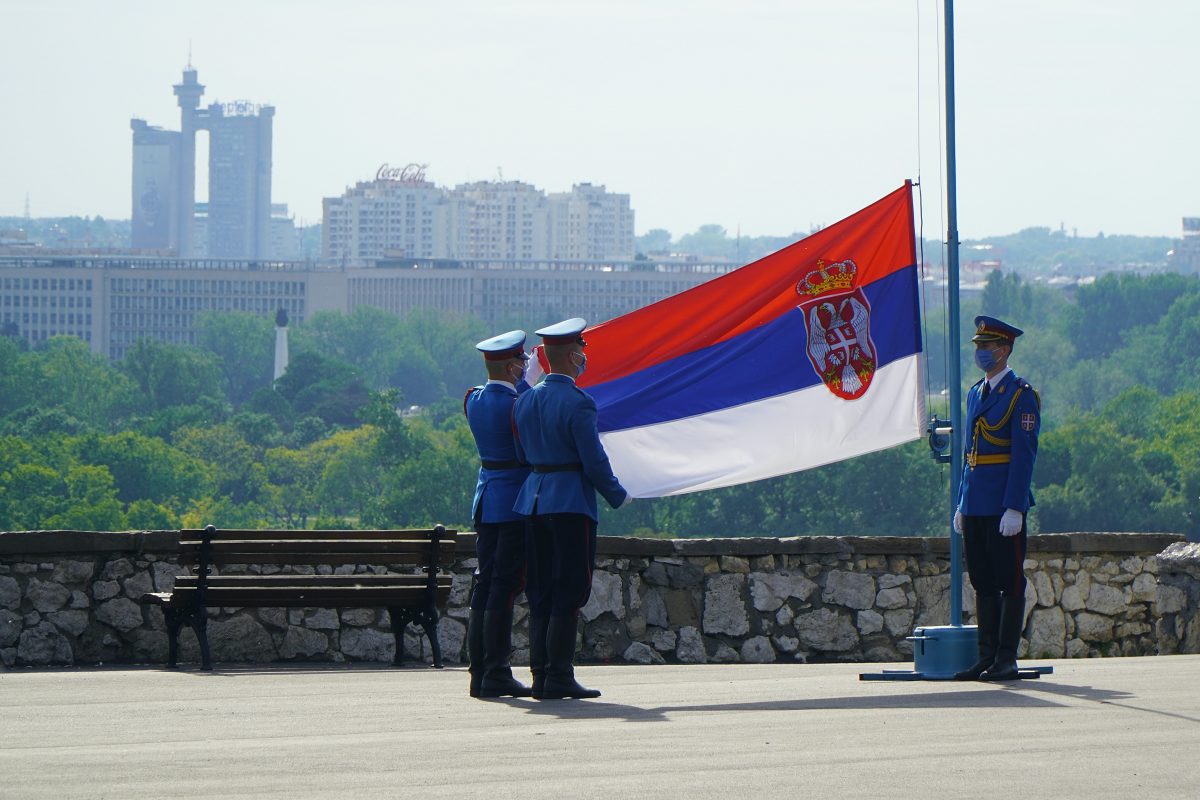The Socialist movement in Europe had spread like wildfire. However, it didn’t create an impact as expected and the government was still composed mostly of radicals and liberals. In Russia, the situation was opposite. The Socialist had upturned the power of monarchy and overtook the government rule through October Revolution of 1917. Let’s look at the events which led to such results in Russia:
The Russian Empire in 1914
Except Moscow, Russia in 1914 under the rule of Tsar Nicholas II, included Finland, Latvia, Lithuania, Estonia, parts of Poland, Ukraine and Belarus stretching its boundaries to some current-day Central Asian states. Russia was an agrarian country which soon became an industrial hub when the railway network strengthened and investment in the iron and steel industry doubled. The industries were under the government rule to maintain proper working hours and minimum wage.


Socialism in Russia
Still some factories had workers working for 15 hours. The nobility was the landowner where the peasants worked but the latter preferred to keep control of the land and it was not uncommon news of peasants killing landowners around 1905. The nobility was at the favour of the Tsar while the peasants would pool resources for co-operative farming dividing the profit amongst them.
This made them a central figure of socialism in Russia which happened in the late 19th century. Unlike other European countries, the factory workers too had strong unions and were outspoken about their demands when they wanted to. This was similar among women factory workers as well.
A difference in ideals, however, could be observed in the Socialist Revolutionary Party formed in 1900. There were Social Revolutionaries who supported the peasant ownership of land and there were Socialist Democrats who believed otherwise. Again there was further division into the Bolshevik group headed by Vladimir Lenin who opined that the quality not the quantity of members in the party is significant and the Mensheviks wanted the party to be open to all.


The 1905 Revolution
The Tsar in Russia had the ultimate power even at the beginning of the twentieth century. His powers were neither checked by any legislature nor did he want them to be. In opposition to this and in favour of a constitution, all Socialists kept their personal agendas aside and protested in unison.
In 1904, Russian industry and agriculture were hit alike. The factory workers’ wages declined by 20% while necessary goods had sky-rocketing prices. Many worker associations mushroomed as a result. This escalated the situation and 110, 000 workers went on strike at St Petersburg. Their demands were simple: to have defined working hours and an increase in wage to combat inflation.


Father Gapon, a leader of this strike, was protesting with more than 100 workers at the Winter Palace where the police killed and injured many protesters. This event, similar to Amritsar’s Jallianwala Bagh, was termed as The Bloody Sunday or The Revolution of 1905. Many educated civil servants, lawyers, doctors, etc were shocked at this tyranny and began participating in the protest.
To pacify the protesters and appease the situation, the Tsar elected a consultative Parliament or Duma. This legislative body was a mere figure-head. The Tsar did as he pleased paying no heed to the advice of the Duma. He declared the many unions formed during 1905 illegal and dissolved the Duma within 75 days. The second Duma was re-elected within three months. Still it did not exercise any power on the Tsar and neither restrained him.
Aftermath of the Revolution
Time and again, history repeats itself as we fail to learn from our past events. The leaders, drunk with power, think they cannot be suppressed. They are proved incorrect as soon as a nation realises its rights and duties. The Russian Revolution had only begun. It only settled post world-war. Although, in 1905, the stage for action had been set.






